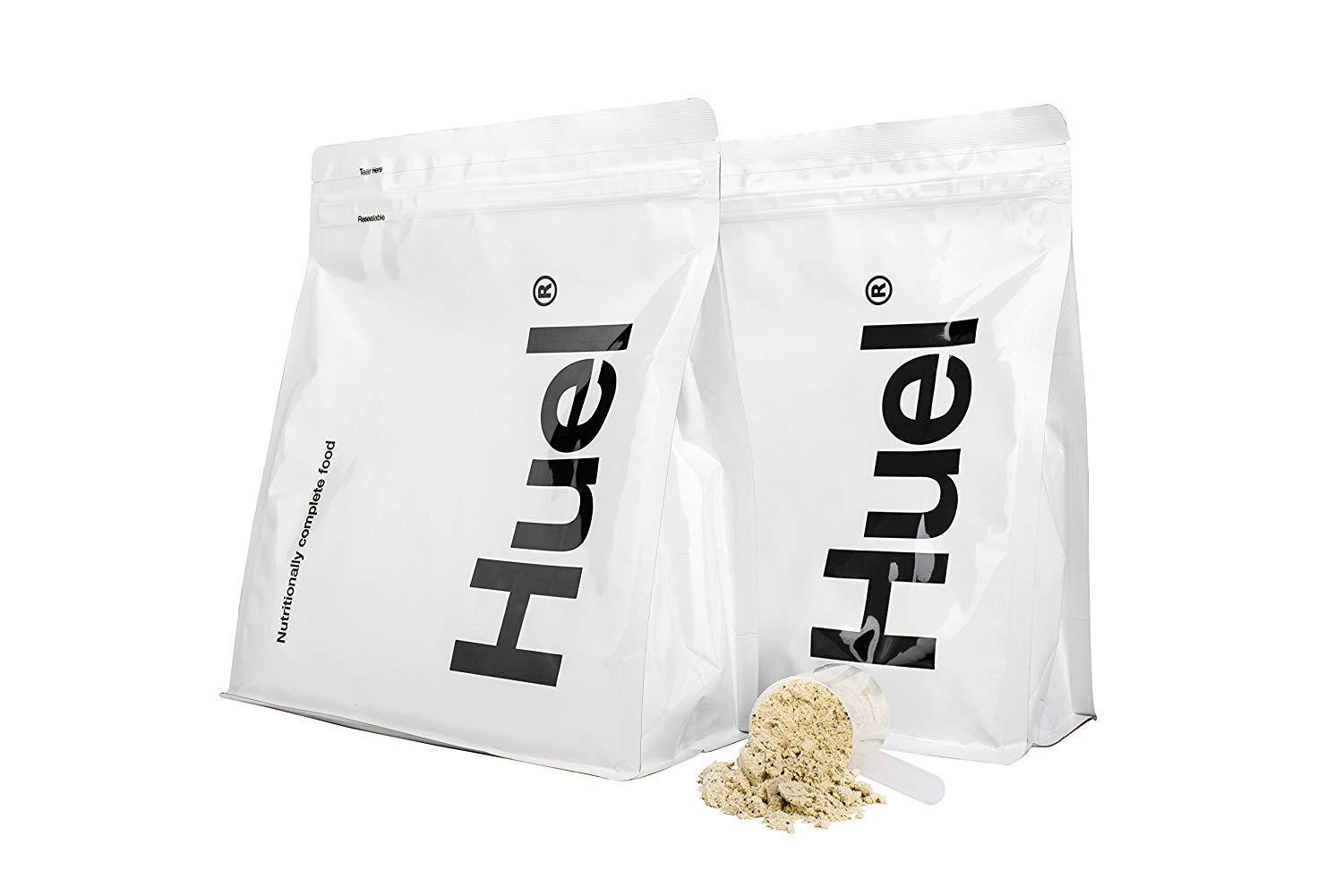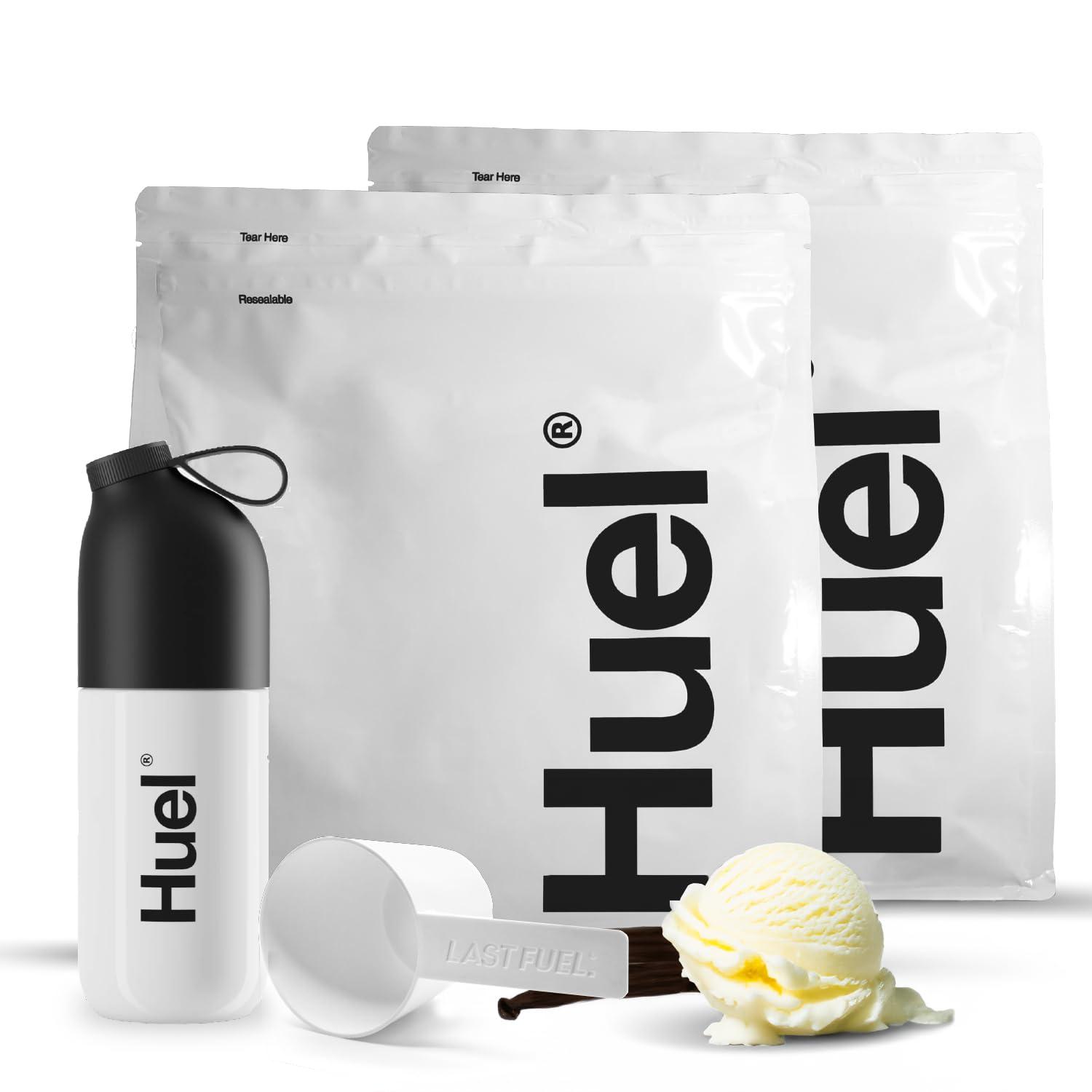In a world where health and convenience collide, the quest for clean nutrition has never been more prominent. As busy lifestyles demand quick yet nourishing meal options, two brands have emerged at the forefront of this dietary revolution: Huel and Ka’Chava.Both promise to deliver the essentials your body craves, but how do they stack up against one another? In this article, we embark on a discerning exploration of Huel vs. Ka’Chava—a clean nutrition face-off that delves into ingredients, nutritional profiles, and overall value. Whether you’re a seasoned health enthusiast or a curious newcomer seeking sustainable meal solutions, join us as we break down these two powerhouses to help you make an informed choice on your journey to wellness.
Exploring Nutritional Profiles and Ingredients
When it comes to clean nutrition, both Huel and Ka’Chava boast notable ingredient lists that make them serious contenders in the meal replacement realm.Huel focuses on providing a complete source of nutrition with a minimalistic approach,incorporating the following key elements:
- Oats: A fantastic source of carbohydrates that provide sustained energy.
- Pea Protein: Offers an excellent plant-based protein option while being hypoallergenic.
- Flaxseed: Aids in digestion and enhances omega-3 fatty acid intake.
On the other hand,Ka’Chava combines plant-based superfoods and adaptogens,offering a richer flavor profile and a variety of health benefits. Here’s a glimpse at its standout ingredients:
- Cacao: Packed with antioxidants,it adds a chocolatey richness.
- Acai Berry: Known for its immune-boosting properties and vibrant color.
- Coconut MCTs: Provides a quick source of energy and supports brain function.
| Ingredient | Benefit |
|---|---|
| Huel | Complete nutrition, high protein |
| Ka’Chava | Rich in superfoods, flavorful |

Taste test Showdown: Flavors and Texture Comparisons
When it comes to flavor profiles, Huel and Ka’Chava each deliver a unique experience. Huel offers a minimalist range of flavors that emphasize clean nutrition without overwhelming the palate. Its offerings like vanilla and chocolate are widely appreciated for their balance and subtlety, allowing the natural ingredients to shine through. On the other hand, Ka’Chava takes a bolder approach, with options like coconut and chai, designed to ignite the taste buds and deliver a tropical twist or a warm, spiced finish. Users often find ka’Chava’s flavors to be more adventurous, making it a favourite for those seeking something beyond the traditional meal replacement flavors.
Texture can significantly affect the overall experience of a meal replacement shake. Huel is renowned for its smooth, creamy consistency, which blends effortlessly with water or milk, creating an easy-drinking option that goes down smoothly. Its texture appeals to those who prefer a classic shake feel.In contrast, Ka’Chava frequently enough features a slightly thicker consistency that resembles more of a smoothie-like experience, especially when combined with fruits. This heartier texture can provide a sense of fullness and satisfaction, making it a great choice for those looking to savor their meal on the go. Below is a comparison of the key attributes:
| Attribute | Huel | Ka’Chava |
|---|---|---|
| Flavor Range | Minimalist & Clean | Bold & Adventurous |
| Texture | Smooth & Creamy | Thicker & smoothie-like |
| Key Flavors | Vanilla, Chocolate | coconut, Chai |

Price vs Value: Which Option Offers the Best Bang for Your Buck
When evaluating two popular nutrition options like Huel and Ka’Chava, it’s essential to discern between price and value. While the upfront costs may seem straightforward, the true measure lies in what each product offers for that price. Huel’s approach is rooted in being a cost-effective meal replacement option, typically priced lower per serving than Ka’Chava. However, this doesn’t mean it compromises on essential nutrients. With Huel, you can expect:
- Balanced Macronutrient Profile
- Adequate Fiber Content
- Wide Variety of Flavors
- Customizability of Ingredients
On the other hand, Ka’Chava markets itself as a premium superfood meal replacement, frequently enough aiming to attract consumers looking for organic and clean sourced ingredients. While it comes with a heftier price tag, many users argue the value is reflected in the quality and health benefits provided.Some notable points include:
- Rich in Antioxidants and Probiotics
- Plant-based and Non-GMO Ingredients
- Full-spectrum Nutrient Blend
- Environmentally Conscious Sourcing
To further illustrate, here’s a quick comparison of their key features and pricing:
| Feature | Huel | Ka’chava |
|---|---|---|
| Price per Serving | $1.70 | $3.00 |
| Calories per Serving | 400 | 240 |
| Protein Content | 30g | 25g |
| Flavor Options | Multiple | Limited |
In essence,choosing between Huel and Ka’Chava will ultimately depend on your personal priorities—whether you value a budget-friendly option or are willing to invest more for perceived quality. Each has its strengths, but the best choice always aligns with your dietary needs and lifestyle preferences.

Customer Experiences: Reviews and Recommendations from Real Users
Real users have taken to various platforms to share their experiences with Huel and Ka’Chava, providing insightful and relatable feedback. Many Huel enthusiasts appreciate its versatility and affordability,noting that it seamlessly integrates into their busy lifestyles. they frequently highlight customizability as a strong point, with users mentioning how they enjoy crafting personalized flavors through additional fruits or supplements. On the contrary, Ka’Chava aficionados rave about its natural ingredients and the rich, creamy texture, making it a gourmet choice over quick meal replacements. Users frequently enough describe feeling satisfied for hours, attributing this to the blend of superfoods and plant-based proteins in each serving.
When it comes to recommendations, Huel is frequently enough suggested for those seeking an economical solution, especially for students or busy professionals.Users on health forums emphasize the nutrient density per serving, asserting that it meets dietary needs without breaking the bank.Conversely, Ka’Chava tends to receive endorsements from those prioritizing premium ingredients and taste. Consumers appreciate its clean label approach and often reccommend it as a meal replacement for post-workout recovery or as a nutritious breakfast option. Here’s a quick overview of user sentiments:
| Brand | User Sentiment | Recommendation |
|---|---|---|
| Huel | Affordable & Versatile | Great for busy lifestyles |
| Ka’Chava | Rich Flavor & Premium Quality | Best for gourmet taste seekers |
Key Takeaways
In the burgeoning landscape of clean nutrition, both Huel and Ka’Chava have carved out their own distinct niches, offering consumers innovative solutions to meet their dietary needs. As we’ve explored throughout this comparison,each brand brings its unique set of benefits,from Huel’s convenient and versatile meal replacements to Ka’Chava’s nutrient-dense,superfood-packed blends.
Ultimately, the choice between Huel and ka’Chava boils down to personal preferences, lifestyle, and nutritional goals. Whether you lean towards the practicality of Huel or the wholesome richness of Ka’Chava, the moast important takeaway is that clean nutrition is becoming more accessible than ever. With both brands committed to quality and sustainability, you can feel confident that whichever option you choose, you’re making a health-conscious decision that aligns with your values.
As you embark on your nutritional journey, remember to listen to your body and explore what works best for you. Clean eating is not just a trend; it’s a lifestyle, and both Huel and Ka’Chava provide stepping stones to a healthier, more balanced future. Happy fueling!



